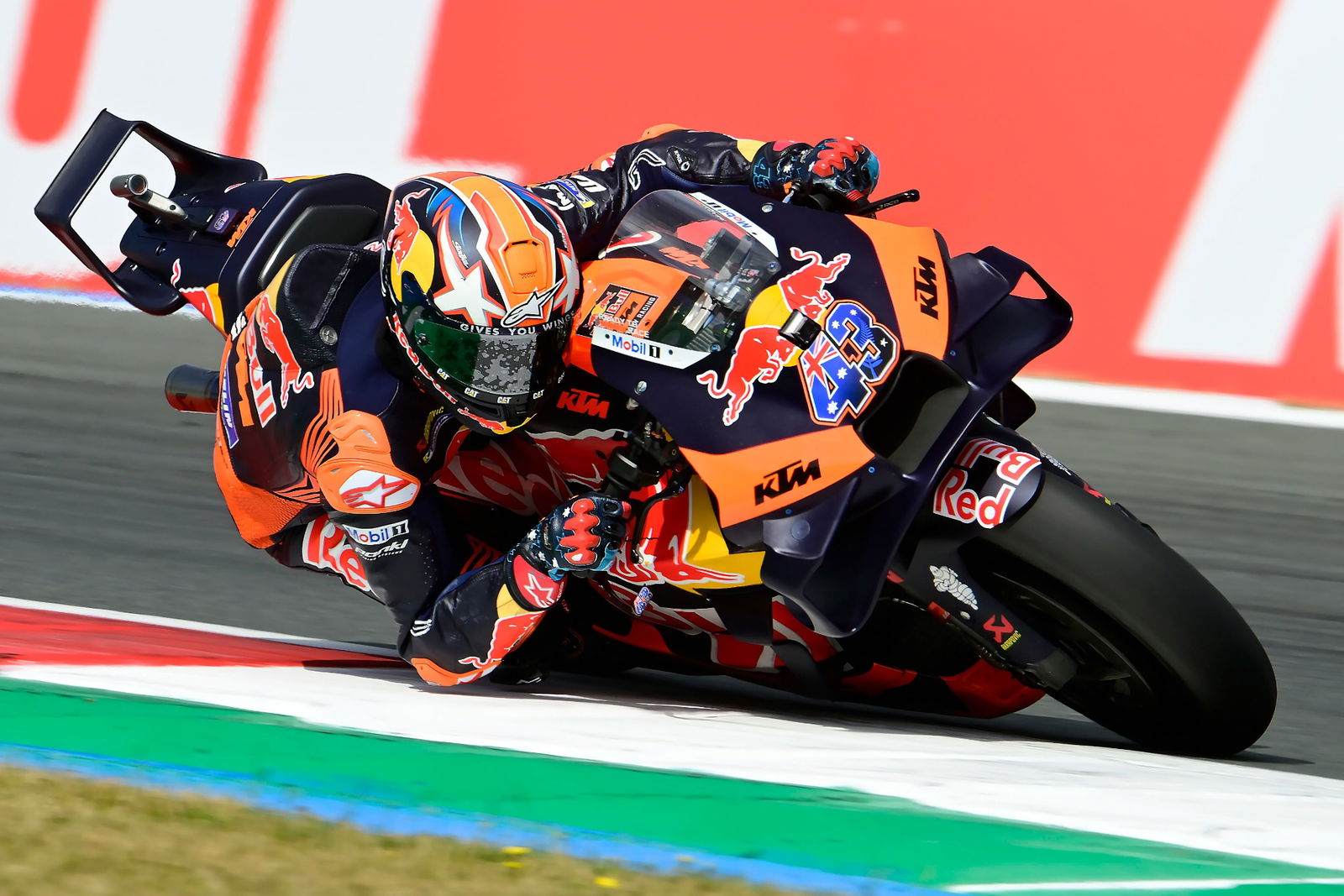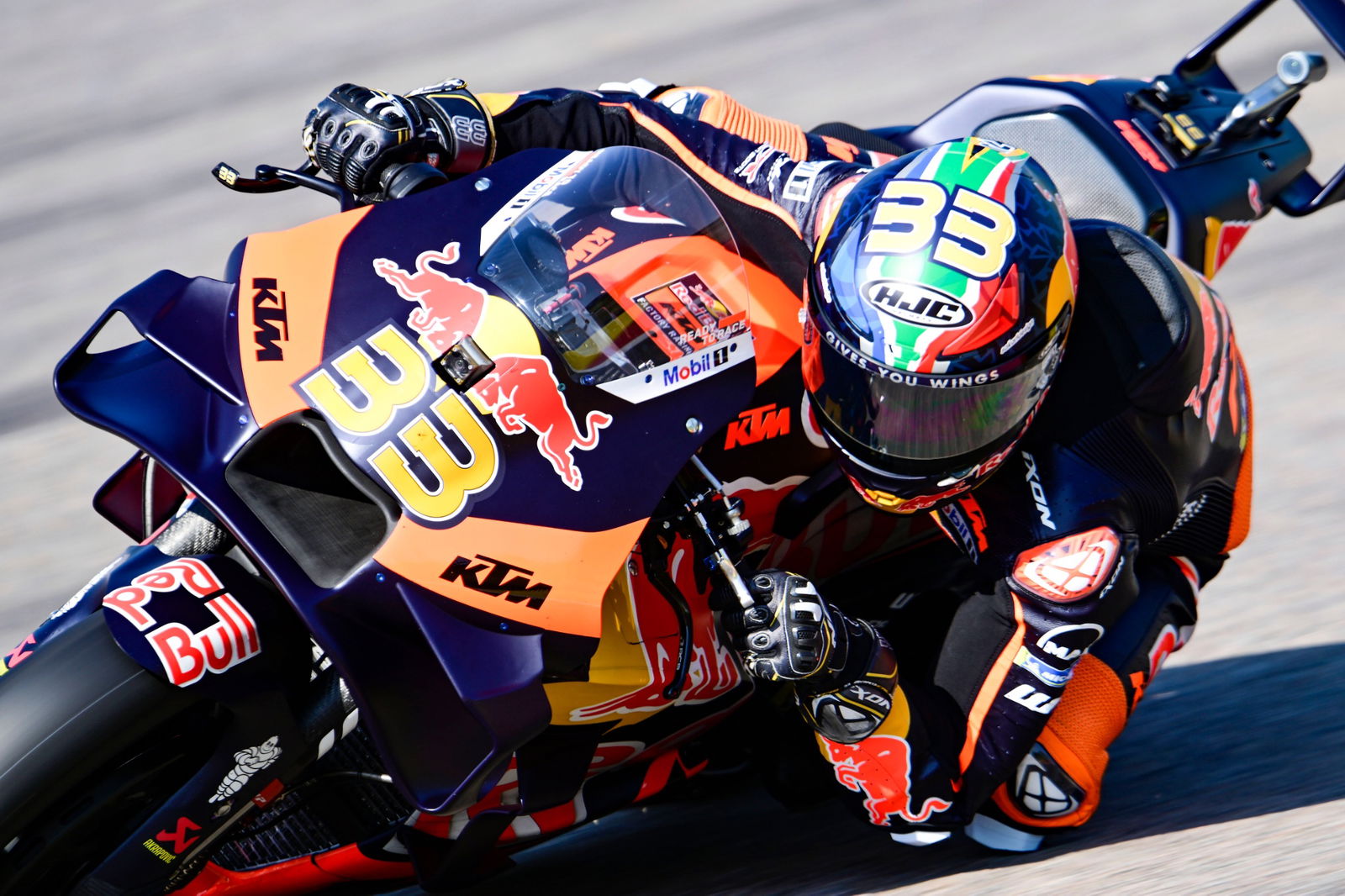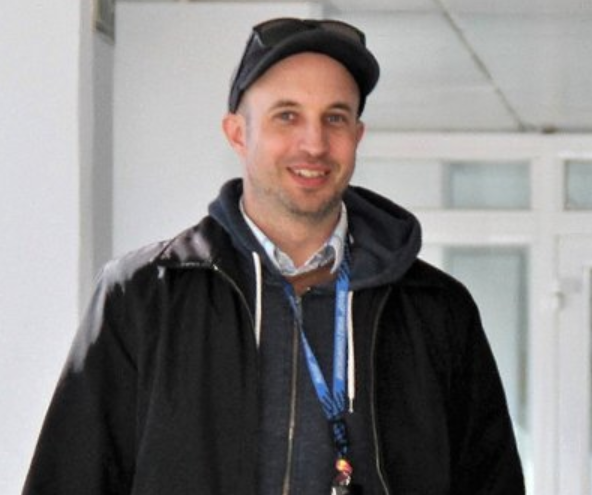Michelin: “This is the direction MotoGP should go…”

Smart, World Superbike technical director from 2014-2022 and now a director of technology for Dorna and consultant for MSVR in BSB, explained that MotoGP needs to move away from the mantra that better performance means increasing grip.
“There are a few very quick bold strokes you can do to make things slower, and [basically] that's to reduce massively the tyre performance,” Smart had explained. “This is very much my opinion - not from Dorna or FIM or anybody else - but tyre performance needs to be redefined.”
Instead of “grip and more of it”, Smart said that “tyre performance can also mean how long the tyre lasts while giving a certain amount of grip. If you could triple the life of the tyre, whilst still giving 90% of its current maximum grip, I would say that's actually improved its performance.
“We just need a bit of a mental shift because bike racing is still absolutely stuck in going faster, faster, faster. And that's what motorsport is about… But you don't see two seconds per lap difference on television. So we can massively reduce the mid-corner speed.
“Some of the most fantastic 500cc races from the ‘90s were when those things had 160 horsepower and no grip. The racing was phenomenal. And that's what we want.
“So we could redefine our performance goals and massively reduce the consumption in tyres. For example, only have a few sets per weekend, but they've got to have incredible tyre life and the net effect immediately is that there's going to be less available grip.
“The lap times will slowly come back anyway [with technical improvements by the manufacturers] but you’d get 3, 5, 7 years before you need to slow it all down again.”
- Michelin: MotoGP aero effect is real, what we’ll change for 2025
- MotoGP’s new tyre pressure system starts final testing
Piero Taramasso: “I agree with him!”
Crash.net put Smart’s idea to Michelin MotoGP boss Piero Taramasso, who highlighted that the sustainability factor of using less tyres - also manufactured with an increasing percentage of natural materials – is a key priority for the French company.
“I agree with him!” Taramasso said of Smart’s idea. “For Michelin, sustainability is an important objective.
“In MotoGP, in MotoE we use sports as a platform to accelerate the innovation. And we are working a lot in MotoGP in that direction, reducing the range of tyres we offer.
“Three years ago we offered more than 50 different types of tyre in MotoGP, front and rear, during one season. Now we are at 31. So we’ve reduced the catalogue, let’s say, to have a better rotation of stock, less production.
“Also we’ve reduced a lot the tyre allocation [variety] for each race. Especially on the rear. So it means less [different] tyres to build, less tyres to transport. Riders can still use the same quantity, 10 front, 12 rear, but we can bring less tyres on the truck.”
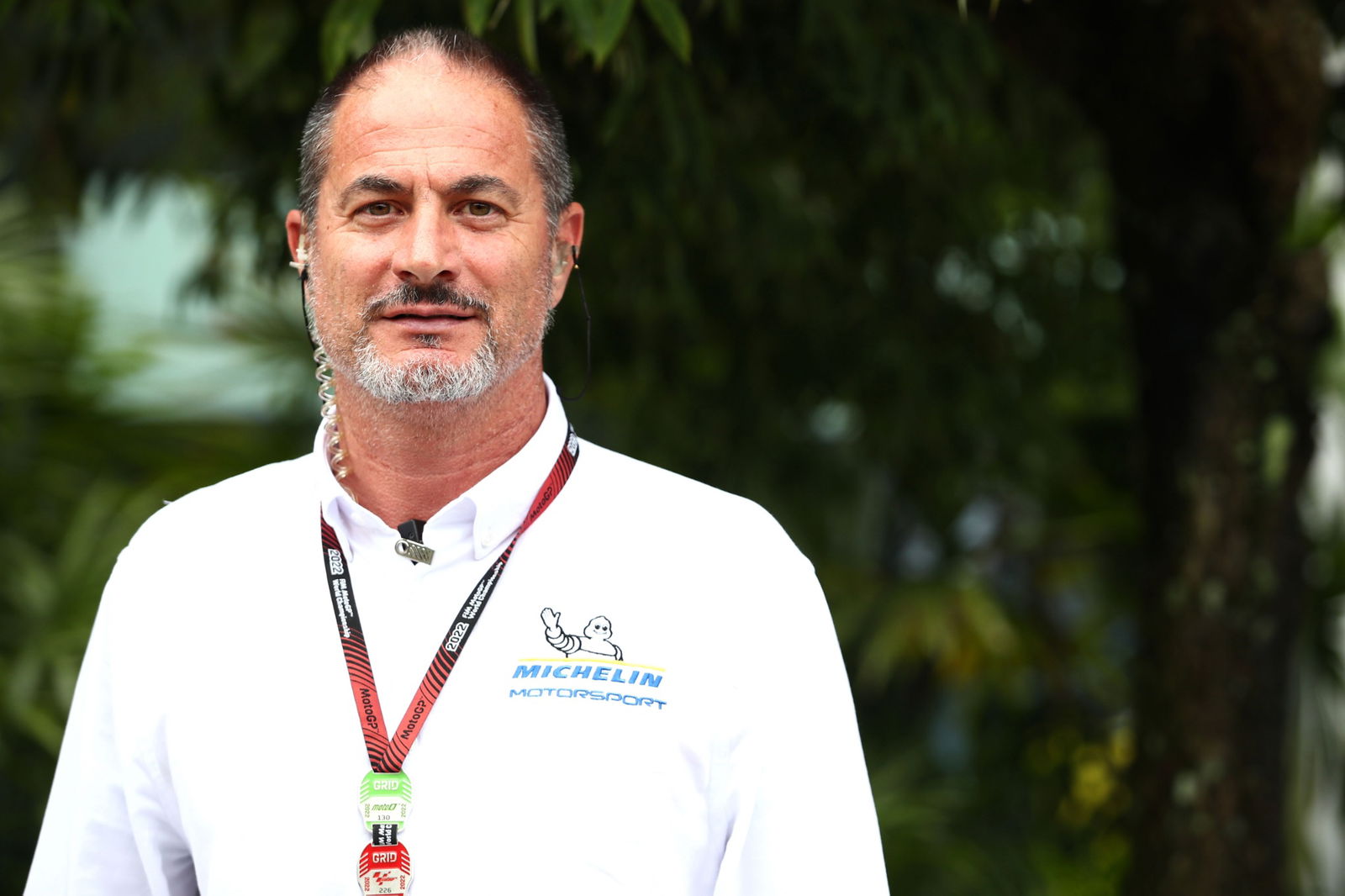
“We would be able to do it, but…”
On the specific issue of deliberately reducing tyre performance to help solve the problem of MotoGP bikes now becoming too fast for the available run-off, Taramasso responded:
“It's not our decision, but if for the new rules, in 2027, we agree altogether with Dorna, IRTA and the teams to do something on the tyre performance, for sure we would be able to do it and we know how to do it. So we are ready.”
However, Taramasso made clear Michelin is in MotoGP to build high performance tyres.
“Just one thing, we can decrease the performance, but it should still be a good grip level. Because sometimes people say, ‘just make a tyre with a low grip’. But it won’t be good for the show.”
But the concept of enhancing tyre endurance - retaining a certain grip level for longer - would fit with Michelin’s objectives.
“As Michelin, we want to build a tyre that can perform well for all the race. This is the best thing for a tyre manufacturer because it's easy to make a tyre that you go fast for one lap, like a qualifying tyre, but it's much more difficult to make a tyre consistent and fast for all the race.
“This is one of our objectives, to provide tyres that are very, very consistent so that the riders can push from the beginning to the end. This for us is the best for the show.”
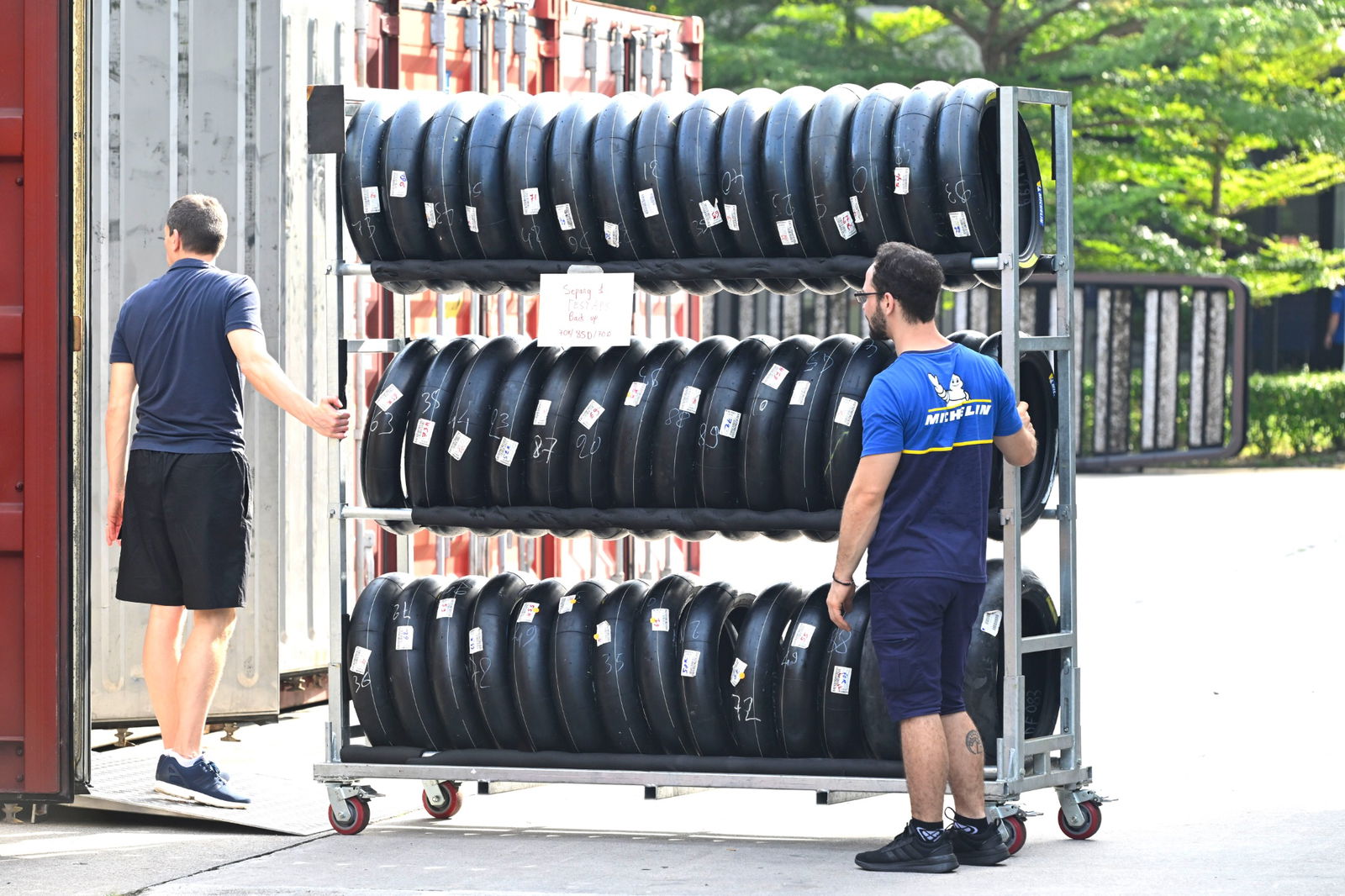
A Friday tyre, a Saturday, a Sunday tyre?
Taking the tyre endurance/sustainability angle further, could Michelin imagine a future where MotoGP riders had access to only one new rear tyre on each Friday of a race weekend, another on a Saturday and one more for the Sunday?
“Yes, it's possible. It's just a matter of work and finding the right balance,” Taramasso said.
“In MotoE we have only one specification for the front and one for the rear for all the races of the season. In terms of the quantity, [at each event] they have four new tyres and one used tyre from the previous race.
“We have reduced the quantity because it's a sustainable series. We have to be in line with that philosophy. When we were engaged in Formula E, we had only one set of tyres for wet and dry conditions. And one set for all of the day.
“So we know how to do it. We know how to manage it.
“So it's possible to reduce the quantity, reduce the specification and I think this is the direction MotoGP should go. Because this is the philosophy now for all the motorsport championships.”
But it won’t happen in the short term and, for example, while Michelin has reduced rear tyre choice from three to two options per race weekend there are no plans to cut back on the choice of fronts (three).
“The front is more critical, more delicate,” Taramasso said. “The front is about the feeling of the rider. Some bikes also prefer the stiffer tyre, others prefer the softer ones. So probably we will not change the allocation and the quantity is supposed to be the same at least for the next two seasons.”
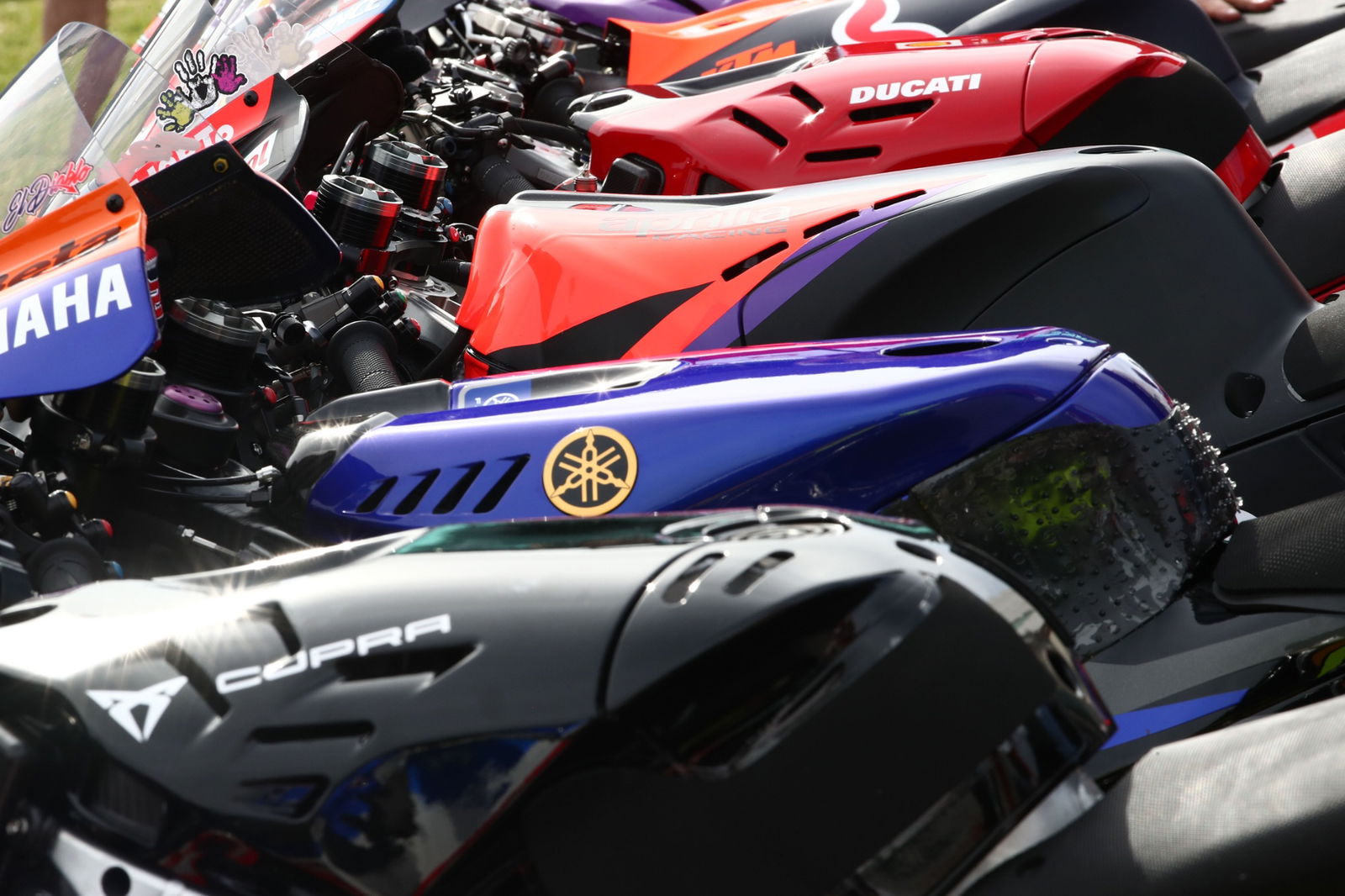
A change of test tyre allocation?
At present, the five MotoGP manufacturers each get the same number of testing tyres (for private tests) even though, for example, Ducati has eight riders on the grid and Yamaha only two.
Perhaps, to help level the data playing field, those with the least bikes on the grid (and therefore using less race tyres each weekend) should have more testing tyres to compensate.
Or maybe more private testing tyres could be included as a new perk in the revised MotoGP concession package, currently under discussion.
“As Michelin, we are open to all propositions,” replied Taramasso. “Every time we need to change something to the rules about the tyre quantity, specification, or the test tyres we talk with teams, with Dorna. But again, we are open to all discussions.
“We have to see. Since we came back to MotoGP in 2016, the test tyre quantity [has been used as] a way to limit the amount of [private] testing, to reduce costs and everything for the manufacturers.”
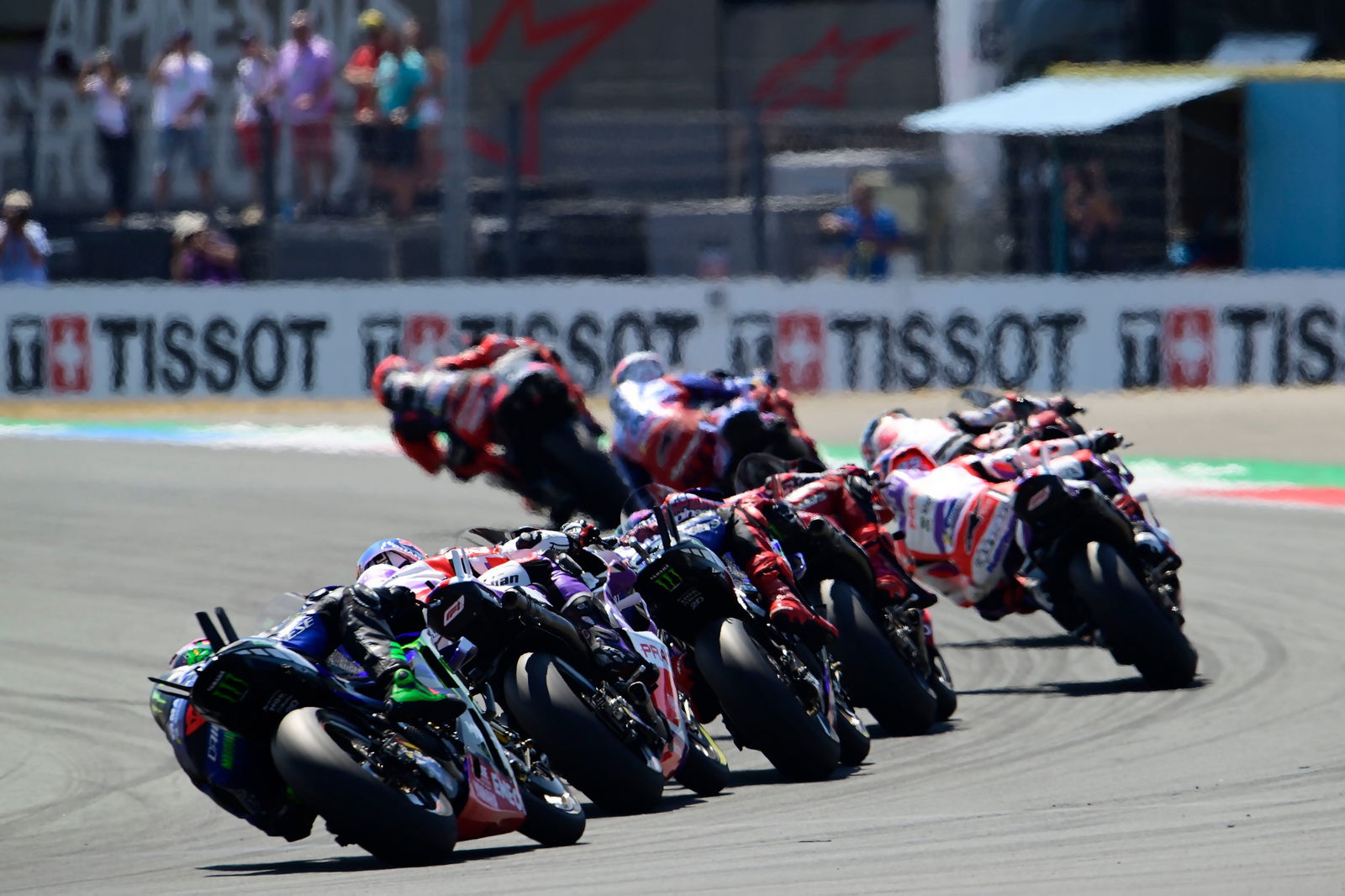
“Teams ask us, ‘Don't change’. But we need to”
The paradox of being an exclusive tyre supplier is that the happier teams and riders are with the rubber, the less it’s spoken about.
Riders have aired concerns over the upcoming introduction of real-time tyre pressure penalties, but in terms of the product itself, teams and manufacturers have a good understanding of how the tyres perform and lap times across the grid are closer than ever.
“Right now, I think we’ve found the right balance,” Taramasso said. “The tyres work for different types of bike, different types of riding style. The lap times are fast. You can see almost 20 bikes in one second.
“So about performance, the teams are quite happy. Actually, the teams ask us, ‘Don't change, keep it the same’ because everything is stabilised now. But we need to change.”
Standing still is not an option for anyone in MotoGP, including Michelin.
“Michelin is in MotoGP to innovate and develop new technology,” Taramasso said. “So we need to change, to improve and to follow the future philosophy of the championship, including sustainability.”
A new front tyre design, better suited to the aerodynamic age, will start track testing with MotoGP riders later this year.
